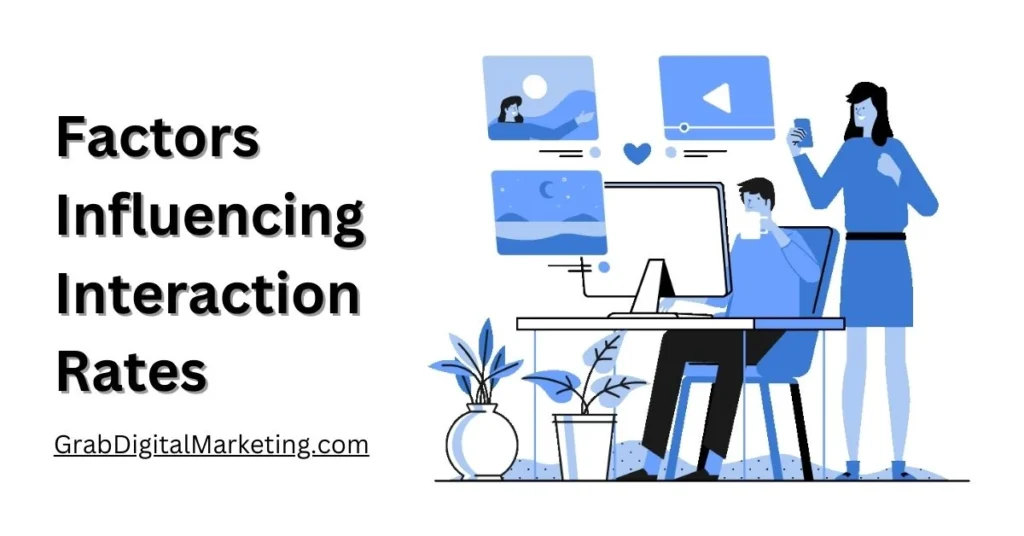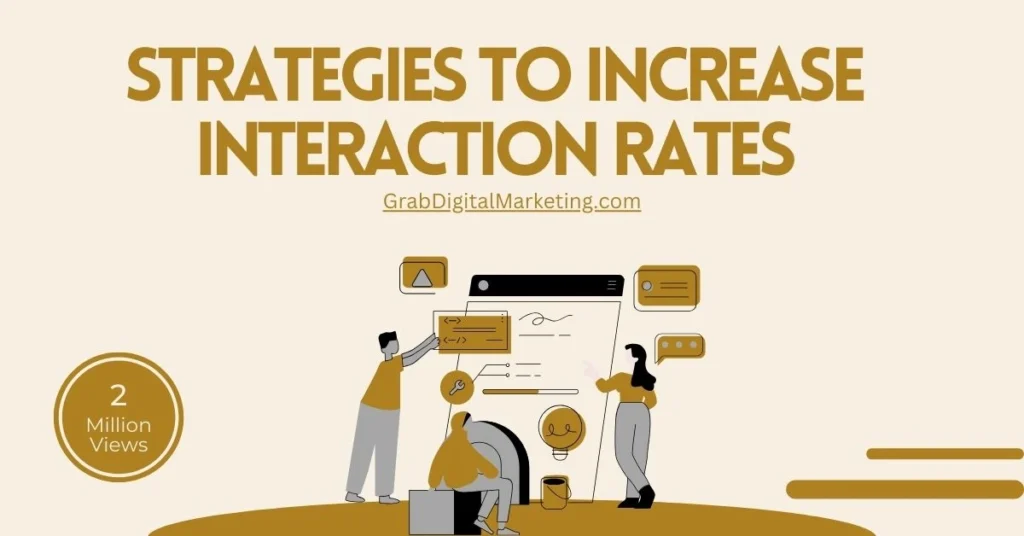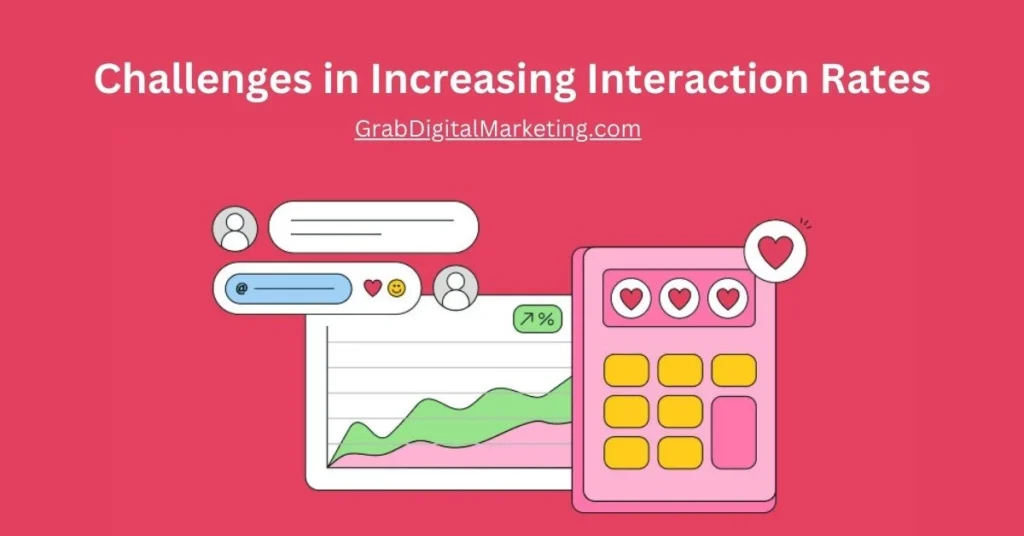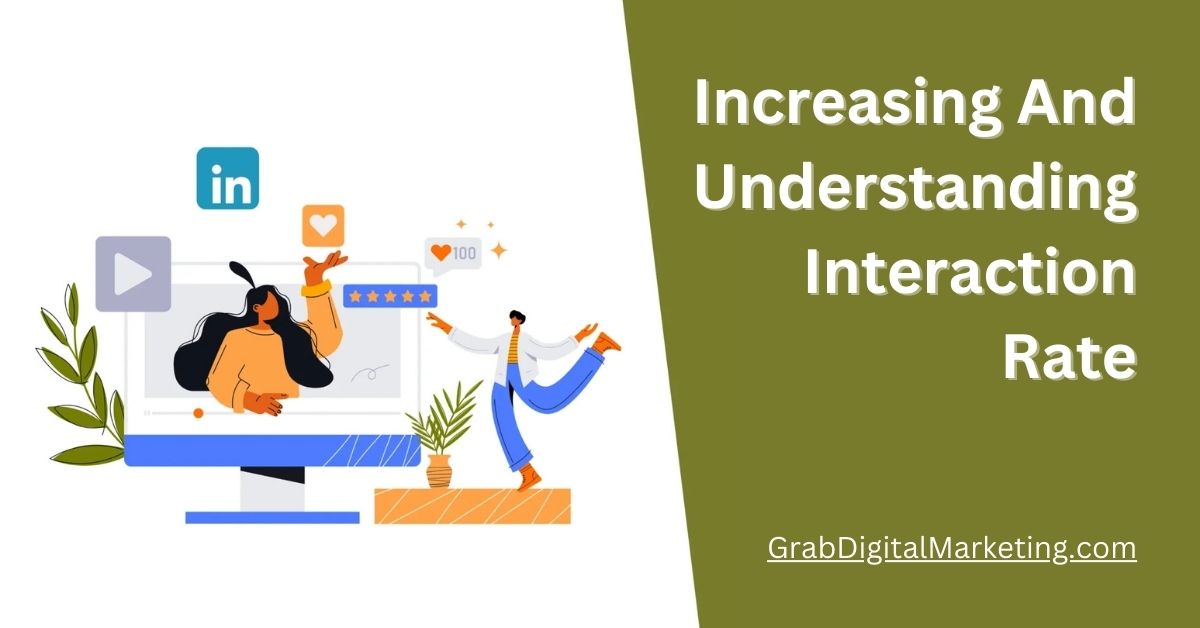How can you increase and understand the interaction rate?
Understanding and increasing the interaction rate in YouTube paid marketing is crucial for getting the most value from your ad spend. The interaction rate measures how often viewers engage with your ad—like clicking on a call-to-action, visiting your website, or submitting a form—compared to how many times the ad is shown. A higher interaction rate usually means your ad is grabbing attention and encouraging people to act. To improve this rate, you need to first make sure your video ad captures interest within the first five seconds, because that’s when most people decide whether to keep watching or skip. A strong opening hook—such as a bold statement, an emotional question, or a relatable problem—can keep viewers engaged. Your message should be clear, concise, and focused on the benefit to the viewer. The shorter your video, the better; 15- to 60-second ads tend to perform best for engagement.
Table of Contents
1. Understanding Interaction Rates

The first step in increasing interaction rates is to understand them fully. Interaction rates reflect how effectively you are engaging your audience. High interaction rates indicate that your audience finds your content appealing, relatable, and worth engaging with. Conversely, low interaction rates may signal disinterest or disconnect.
Key metrics involved in interaction rate measurement include:
- Clicks: Number of times users click on a link or CTA (Call-to-Action).
- Comments: Reflects audience thoughts and conversations around your content.
- Likes/Favorites: Indicates audience approval or appreciation.
- Shares/Retweets: Demonstrates content relatability and value.
2. Factors Influencing Interaction Rates

Various factors influence interaction rates:
Content Quality: High-quality content that adds value is more likely to engage audiences.
Relevance: Tailored content for specific audiences ensures higher relatability.
Timing: Posting at optimal times when the audience is active increases visibility.
Visual Appeal: Aesthetic, well-designed visuals or videos attract more attention.
Call-to-Action (CTA): Encouraging specific actions like commenting or sharing can boost interactions.
3. Strategies to Increase Interaction Rates

To enhance interaction rates, employing the following strategies can be highly effective:
A. Creating Value-Rich Content
- Audiences engage with content that solves their problems, answers questions, or entertains. Examples include:
- Educational articles or tutorials.
Relatable storytelling.
Interactive polls or quizzes.
B. Leveraging Visuals and Multimedia
- Posts with visuals are significantly more engaging. Consider:
- High-resolution images.
GIFs, memes, and illustrations.
Short, engaging videos or reels.
C. Personalization
- Tailoring content to your audience’s preferences fosters connection. For instance:
- Personalize messages based on user data.
Segment your audience and design specific campaigns.
D. Utilizing Social Proof
- Social proof like testimonials, user-generated content, or influencer collaborations builds trust and encourages participation.
E. Engaging CTAs
- Encourage interaction through CTAs such as:
- “Share your thoughts in the comments.”
“Tag a friend who needs this.”
“Click the link to learn more.”
F. Timing and Frequency
- Post consistently to maintain audience interest.
Use analytics to determine when your audience is most active and schedule posts accordingly.
G. Building Community
- Creating a sense of belonging and fostering two-way interactions boosts loyalty and engagement. Example methods:
- Respond to comments and questions promptly.
Host Q&A sessions or live streams.
H. Experimentation and Adaptation
- Test various content types, formats, and strategies to identify what resonates most. Adapt based on feedback and performance analytics.
4. Psychology Behind Interaction

The Psychology Behind Interaction, particularly in digital marketing, is rooted in how human attention, emotion, and behavior are influenced by content that feels relevant, rewarding, and easy to act on. At the core of any meaningful interaction is attention—if a message doesn’t capture someone’s attention quickly, it’s unlikely to lead to further engagement. On platforms like YouTube, where users are often passively watching or browsing, the brain filters out anything that doesn’t feel immediately important or interesting. That’s why marketers work hard to “hook” viewers in the first few seconds; they’re tapping into the brain’s natural habit of scanning for novelty or emotional triggers. Once attention is captured, the next psychological factor is relevance—people are more likely to interact with something that speaks directly to their needs, desires, or problems.
5. Challenges in Increasing Interaction Rates

While the strategies above can help, certain challenges may arise:
- Oversaturation: With the vast amount of content available, standing out can be difficult.
- Algorithm Changes: Platforms frequently update algorithms, affecting visibility.
- Diverse Preferences: Catering to a varied audience’s preferences can be complex.
6. Analyzing and Measuring Success

Success is a concept deeply rooted in human experience, yet its meaning is highly subjective and context-dependent. In human language, the way we analyze and measure success reflects cultural values, personal aspirations, and societal norms. Language not only communicates success but also shapes how people perceive and strive for it. At its core, success is often associated with achievement, whether it be in personal goals, career milestones, relationships, or social status. Words like accomplishment, victory, progress, and fulfillment are frequently used in everyday conversation to signify successful outcomes. These terms imply a journey or process that culminates in a desirable result. In this way, language reflects the temporal nature of success: it is often seen as something earned or worked toward over time. The criteria for success, however, vary significantly depending on cultural and individual perspectives.
7. Real-World Applications

- Social Media Marketing: Brands can use these strategies to grow followership, build loyalty, and convert leads.
- Customer Relations: Engaging in communication fosters positive relationships and customer satisfaction.
- Content Creators: Higher interaction boosts visibility and audience growth.
By blending creativity, strategic thinking, and a genuine connection with your audience, you can effectively increase and understand interaction rates. This not only amplifies visibility but also forges stronger relationships with your target audience.

